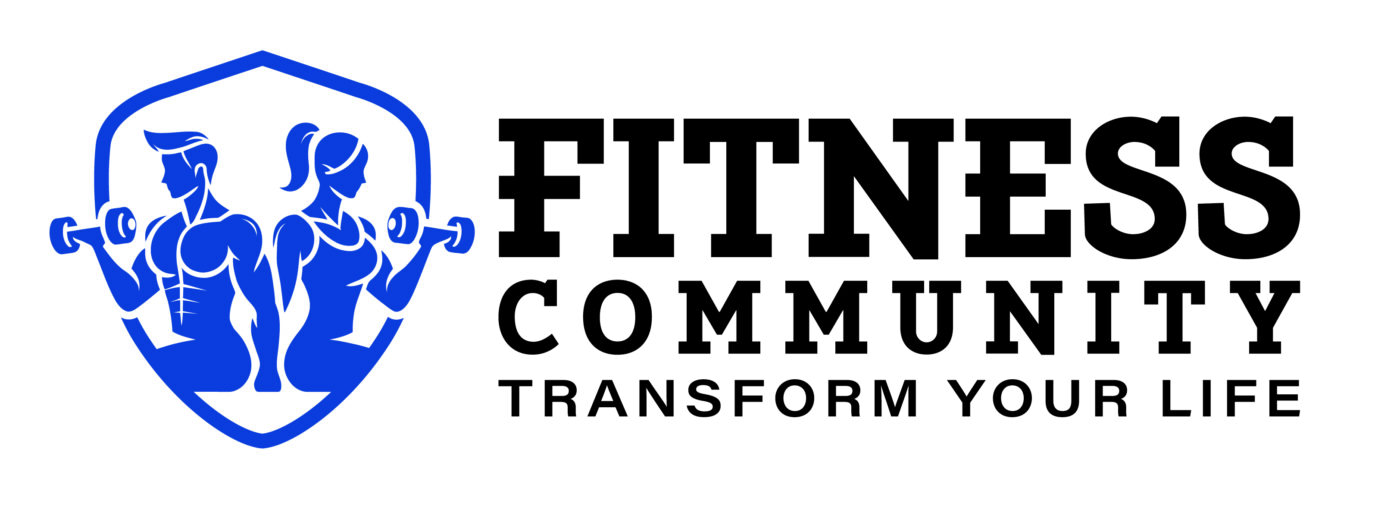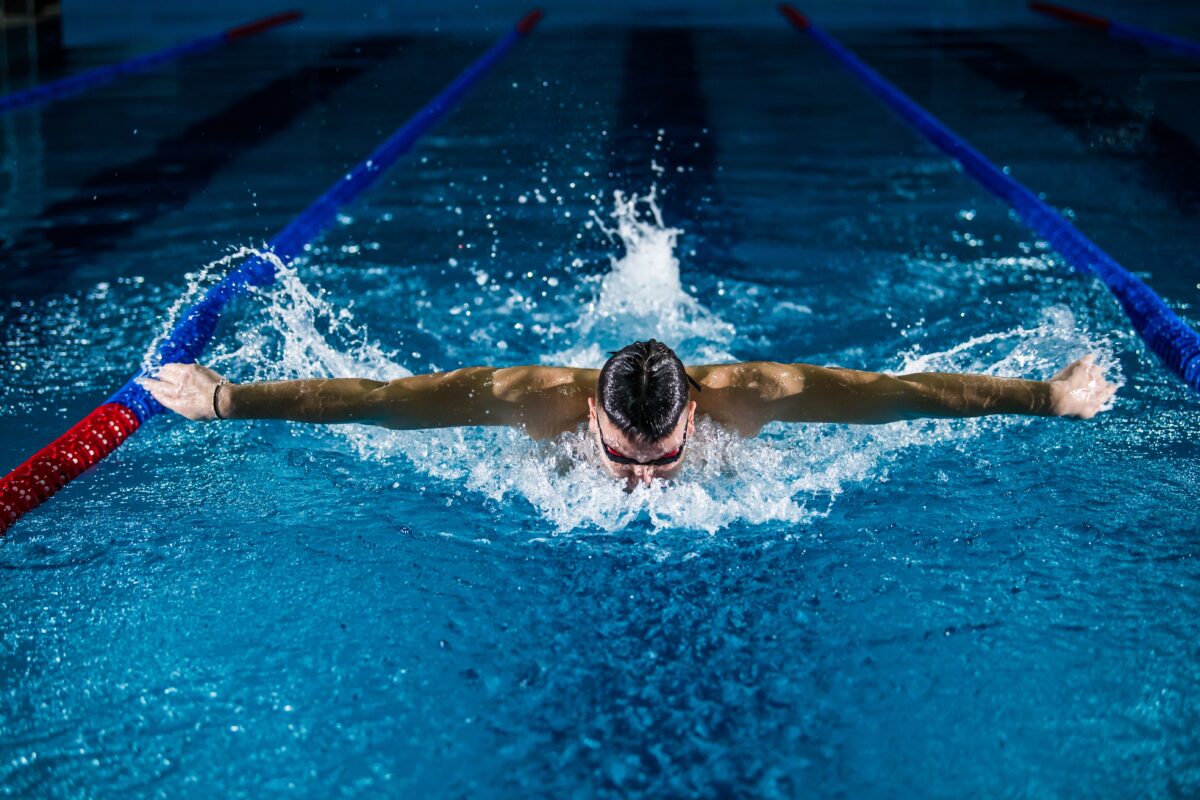EXERCISE AND WORKOUTS
The Full-Body Pool Workout
When Kelly Amerson López stumbled upon aquatic exercise, she was pleasantly surprised by the intensity and effectiveness of the workout. Now 68 years old, she continues to incorporate pool exercises into her fitness routine. While pool workouts are often associated with seniors or those recovering from injuries, they can also serve as high-intensity interval training (HIIT) with lower impact compared to land-based exercises. The water provides 360 degrees of resistance, making it an excellent environment for full-body workouts.
Aquatic exercise refers to any workout done in chest-deep water that doesn’t involve swimming laps. The hydrostatic pressure of water provides natural resistance, making it easier on the joints. Studies have shown similar improvements in fitness between aquatic exercises and land-based workouts on treadmills. This form of exercise is especially beneficial for individuals who can’t engage in high-impact activities on land, allowing them to run in place and perform movements like jumping jacks with reduced stress on their joints.
Getting started with aquatic exercise requires access to a pool and a swimsuit. Ideally, the water temperature should be between 83 to 86 degrees Fahrenheit. Starting without equipment allows individuals to learn how to optimize their workout using water resistance. Slow movements, such as jogging in place or leg exercises, focus on mobility and balance. Faster movements, like jumping jacks, offer strength and cardiovascular benefits. To increase resistance and upper body/core strength, webbed aqua gloves can be used. It’s also possible to progress to the deep end of the pool with a flotation belt for added challenge.
To begin an aquatic exercise program, try the following 20-minute full-body routine in chest-deep water:
Warm-Up:
- Jog in place for one minute in each of the following foot positions: feet slightly wider than shoulders, feet close together, right foot slightly ahead of left foot, left foot slightly ahead of right foot, and toes pointed outward diagonally.
Workout:
- Perform 20 jumping jacks as fast as possible, stopping your arms before they leave the water.
- Perform 10 slower jumping jacks.
- Jog for three minutes at a moderate pace, incorporating different jogging variations from the warm-up.
- Perform 20 hard power pull backs as fast as possible, keeping your arms straight and underwater.
- Follow with 10 slower power pull backs.
- Perform 20 hard power pull downs as fast as possible, pushing your arms down into the water.
- Follow with 10 slower power pull downs.
- Perform 20 power pull combos as fast as possible, combining the two movements.
- Follow with 10 slower power pull combos.
- Perform 20 jumping jacks as fast as possible.
- Perform 10 slower jumping jacks.
- Jog for three minutes at a moderate pace, using different jogging variations from the warm-up.
- Perform a single-leg cycle for 30 seconds on each leg, mimicking a cycling motion in the water.
- Perform a one-minute water stirring exercise, circling your hands in the water as if stirring a pot of soup. Circle clockwise, then counterclockwise.
This full-body routine incorporates high-intensity intervals with active recovery. It can be adjusted by adding or subtracting time or repetitions based on individual fitness levels. Remember to stay hydrated and drink water after the workout.
Aquatic exercise provides a fun and joint-friendly alternative to traditional gym workouts, particularly during the summer months. The resistance provided by water challenges the body in unique ways, making it a versatile and effective fitness option for people of all ages and abilities.

